Newer is not always better. Today’s wide-bladed kayak paddles flaunt cutting-edge technology and materials our grandparents never heard of. But it may be time to look past the latest space-age paddle and peer into the pages of history at the traditional Greenland paddle. These minimally shaped chunks of lumber have been tested in some of the most inhospitable open water on the planet for as many as 5,000 years, where what works survives and what doesn’t is abandoned.
Myths about the Greenland paddle
Foremost among the myths about Greenland paddles is that the skinny blade—called a pautik by Inuit peoples, and known affectionately as a stick by modern Greenland-style paddlers—is at best an unsatisfactory compromise in an environment starved for wood. For arctic hunters, walking along icy beaches looking for wood suitable to make boats and paddles was the usual way to acquire building materials in a treeless land. Saltwater-bleached driftwood was prized by the first kayakers.
There are many Inuit traditions representing a rich diversity of both single and double-bladed paddle types. Many early kayak paddles were about four inches wide and a couple of inches thick at the beefiest cross section—not unlike a two-by-four. This narrow, double-bladed paddle common to most arctic regions has come to be called the Greenland-style paddle.
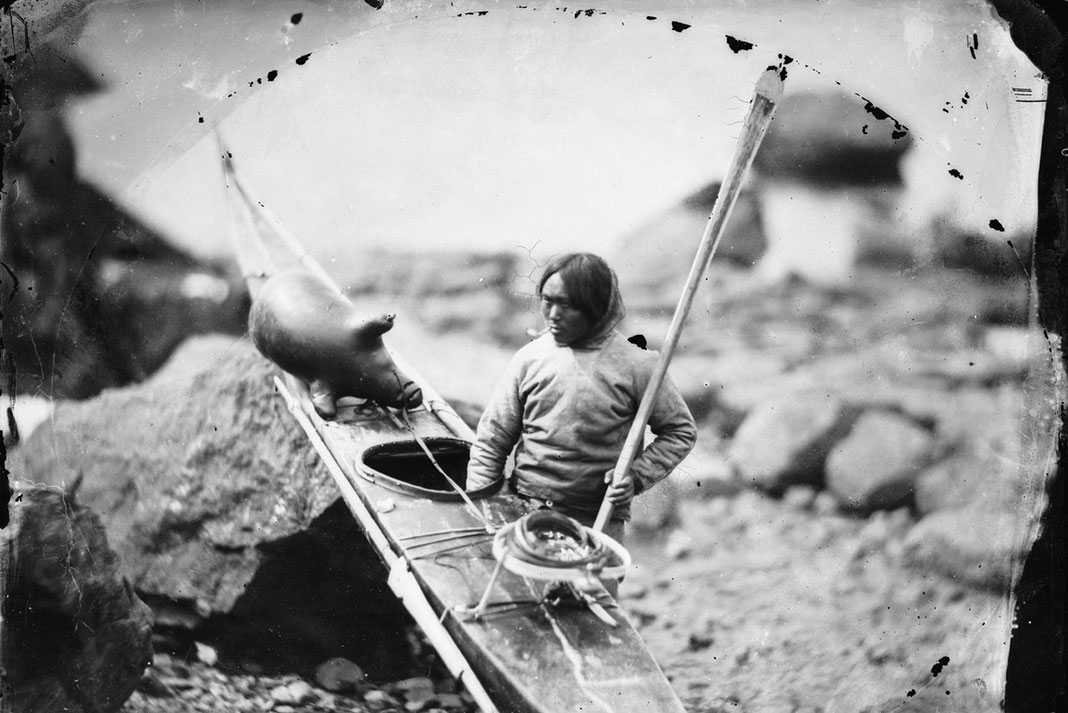
Greenland paddles vs. Euro paddles
Greenland paddles are usually unfeathered, have a relatively short loom, or shaft, and have long, narrow, symmetrical blades. The first kayak paddle I chose was a 230-centimeter, one-piece Euro paddle with a 45-degree blade offset. Like the Euro paddles used by most modern sea and recreational kayakers, it was descended from the whitewater paddles that emerged out of Austria and Germany in the 1920s. So most sea kayakers today are using what amounts to a double-bladed canoe paddle!
Another common myth amongst Greenland paddle naysayers is that sticks deliver less power and speed than the wider spoon blades of Euro paddles. In fact, the blade surface area on a stick is very similar in size to a Euro paddle—it’s just laid out in a different length-to-width ratio.
The unique shape of the long Greenland paddle requires a different stroke. Without proper instruction critics experience a lack of propulsion or a huge amount of fluttering. This is simply what you get when you grab a knife and try to use it like a spoon—or use a stick like a Euro paddle. Instead, you need to use a canted stroke. This lets water vortices shed from one edge of the blade, and allows the stick to work more like a propeller, giving lift and resistance with which you can gain propulsion.
Touring advantages
Wide-bladed paddles may be preferable in the aerated water of big rivers and surf zones, and having the greatest surface area of a paddle near the ends of the loom may also be helpful in shallow water. But the Greenland-style paddle was specifically designed for the needs of the open water paddler—efficient travel over long distances, self-rescue and rolling in wind and waves. When used correctly, there is less stress at the catch, as the power is gained during the middle to end of the stroke and the release, rather than as a forceful initial load.
I asked one of my mentors, Turner Wilson, for his thoughts on touring with a stick. Wilson makes traditional qajaqs and beautiful Greenland paddles, and he is one of the rare paddlers these days whose initial kayaking experience was with a stick.
“In paddling, there are X, Y, and Z axes: forward, turning and revolving. No paddle integrates all three as effortlessly as the Greenland paddle. Grace, flow, rhythm, elegance, ease, bite, release… no other instrument extends the human body into the water for the purposes of movement in quite this same way.”
Not only are these paddles better in the wind thanks to their narrower profile, but you can also use a sliding stroke in which you walk your hands back and forth on the paddle to dig deeper and leave less material in the air. The anthropometric measurements used to custom size each paddle to its user include sizing the widest part of the blade to the paddler’s hand, allowing you to hold anywhere on the stick. This is also an advantage when making efficient, powerful extended sweep strokes to turn quickly, or to increase leverage during rolling.
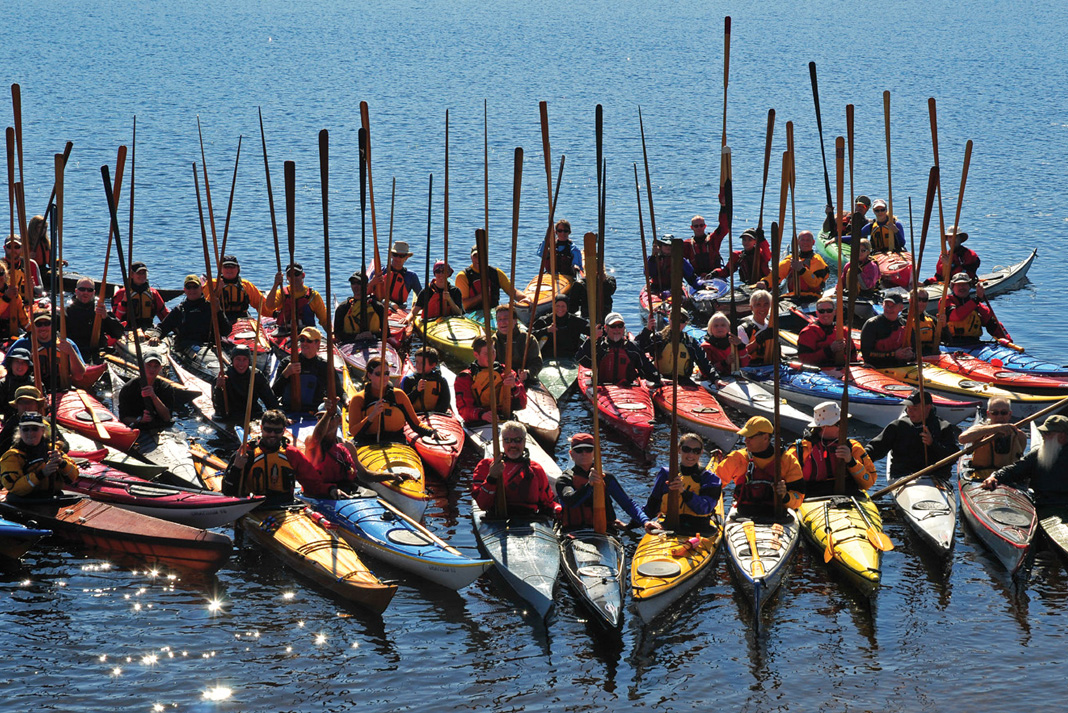
Superior for survival skills
As a rolling instructor trainer, I believe there is no finer tool with which to learn the cold water survival skill of self-righting yourself in a kayak. Blade angle is a critical element of the roll and having one blade in your hand allows you to keep the working end at the perfect angle for sweeping and creating lift. The natural buoyancy of the wood further aids in rolling, effortlessly floating your paddle to the surface.
“In paddling, there are X, Y, and Z axes: forward, turning and revolving. No paddle integrates all three as effortlessly as the Greenland paddle.”
In 2012, James Manke became the first person to paddle a sea kayak with a Greenland paddle down the Grand Canyon. “I feel more comfortable with a Greenland paddle in my hands,” he says, although he’s the first to admit that it may seem like a strange tool for the environment. The one place that a stickupside down or non-power face—it performs the same regardless of how it’s held. “This can certainly be an advantage after a huge trashing when your paddle gets tossed around and you lose your blade angle and sometimes the entire paddle.”
Perry, who is also one of the world’s finest Greenland rollers, finds similar advantages when she capsizes in difficult coastal conditions. “If the water is rough and I end up upside down, the Greenland paddle gets tugged around less than a Euro blade,” she says.
Crafting a special connection
Speed, endurance, rolling, rough water—Greenland paddles excel in challenging situations. But Perry is quick to point out some of their subtler advantages, “They’re quiet, you can paddle completely soundlessly. I find this style very relaxing.”
She also notes, like the generations of Inuit hunters who designed her blade, that the paddle’s silent stroke is great for sneaking up on wildlife.
Perhaps the greatest benefit, however, is the Greenland paddler’s deep connection to his or her blade. Most stick paddlers are also stick makers. In part, this is out of necessity. While commercially available paddles are on the rise, the best way to get a blade that’s perfect for you is to shape it yourself.
“All of the marketing we’re exposed to urges us to try the latest and greatest gadget. It is a joy to step back from that precipice of consumption and say, ‘not so fast,’” muses Wilson.
The Greenland paddle can work for you
The Greenland paddle’s 5,000-year history suggests that this early incarnation of the two-by-four can meet the needs of many. It’s a shame that most kayakers have a limited awareness of the highly advanced skills and superior equipment developed so long ago by Inuit peoples. Not only have traditional paddles withstood the waves of history, these simple, elegant tools can make today’s paddling experience more efficient, safer, easier—and ultimately, richer.
James Roberts is mad about trad. Find him paddling his handmade qajaqs and pautiks on the waterfront at Ontario Sea Kayak Centre.
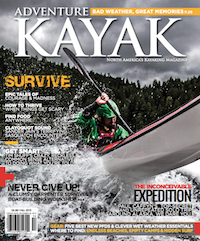
Subscribe to Paddling Magazine and get 25 years of digital magazine archives including our legacy titles: Rapid, Adventure Kayak and Canoeroots.




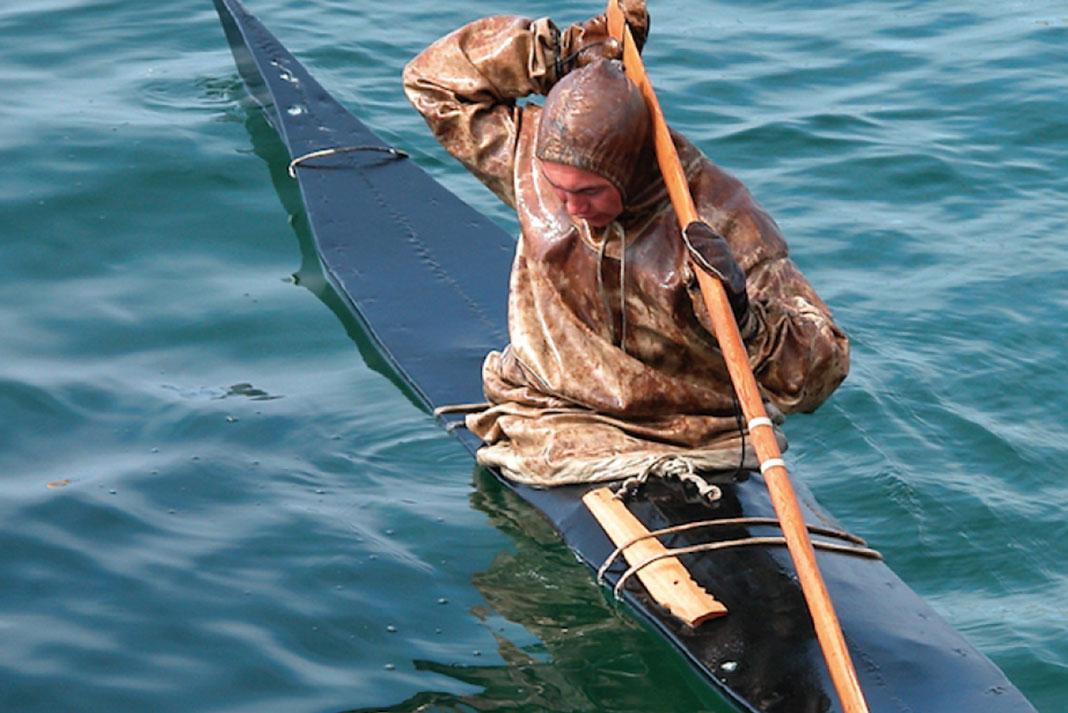

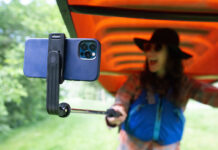
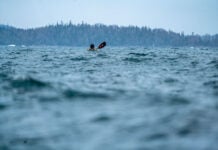
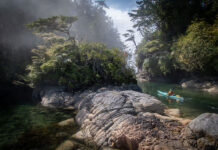


I guess I too am one of the rare ones. I took up Kayaking a few scant years ago and started with a Greenland Stick. Some thirty years ago, I put a small tear in my right rotator cuff. As my doc told me then, live with it until you can’t, the surgery is not worth it for such a small tear. On the advice of friends, my first paddle was a greenland one.
I have tried a euro paddle, but it leaves my shoulder hurting and stiff by the end of the day, often this leads to days or weeks of discomfort. The Greenland paddle leaves me a little sore, but I am fine the next day. I am also no slower than my buddies with their europaddles.
This is almost clickbaity, and what paddle is best is a religious discussion. If it works for you, that’s awesome; if it doesn’t, also awesome, don’t use it. I have both and use them both, but I don’t like dogma in my religious discussions, and I certainly don’t like it in paddling.
My comment is that I THANK YOU for a most informative bit of writing re the “stick.” I really dug it.
I bought a second hand Greenland paddle that I have hardly used due to a protracted illness.
Ah, but when I am well again, I look forward to becoming one with the GP.
Best wishes to all,
me me me meMMMEEEEE, Jack Lyons. Oh, my email addy, “kayakstar” is purely tongue in cheek. Love kayaking, yes. “Star”, not quite.